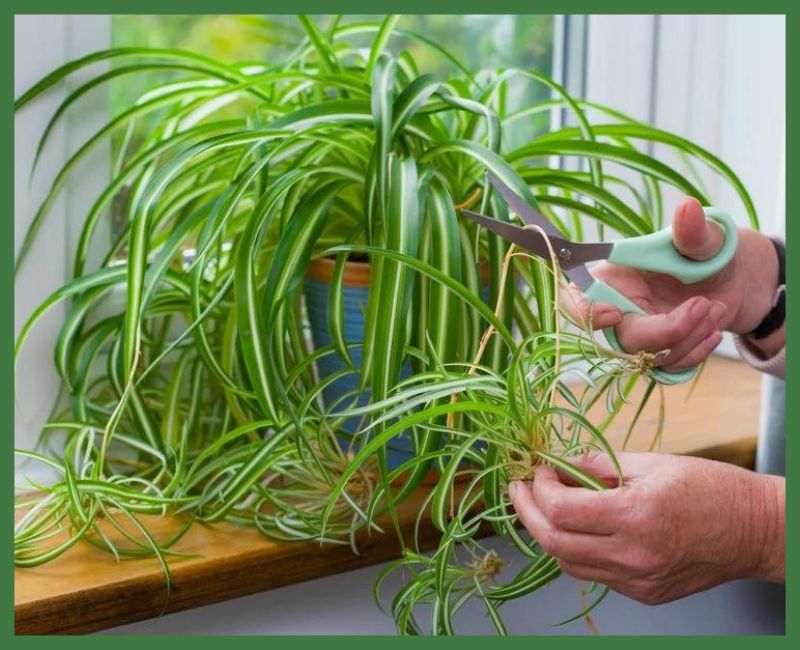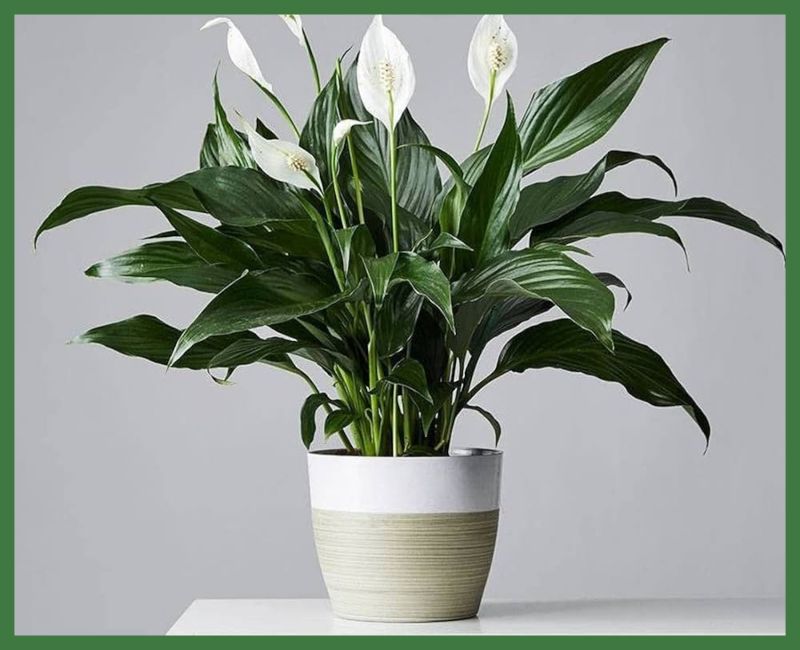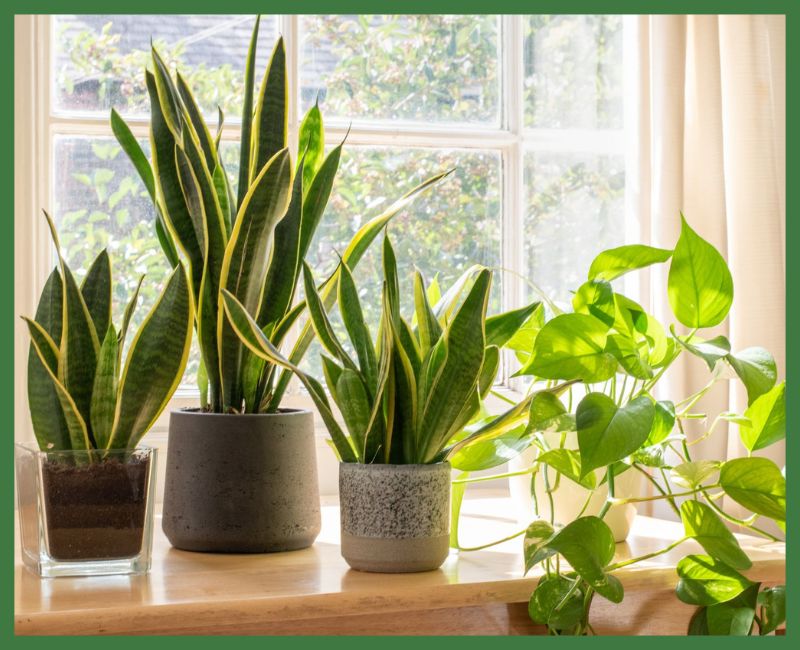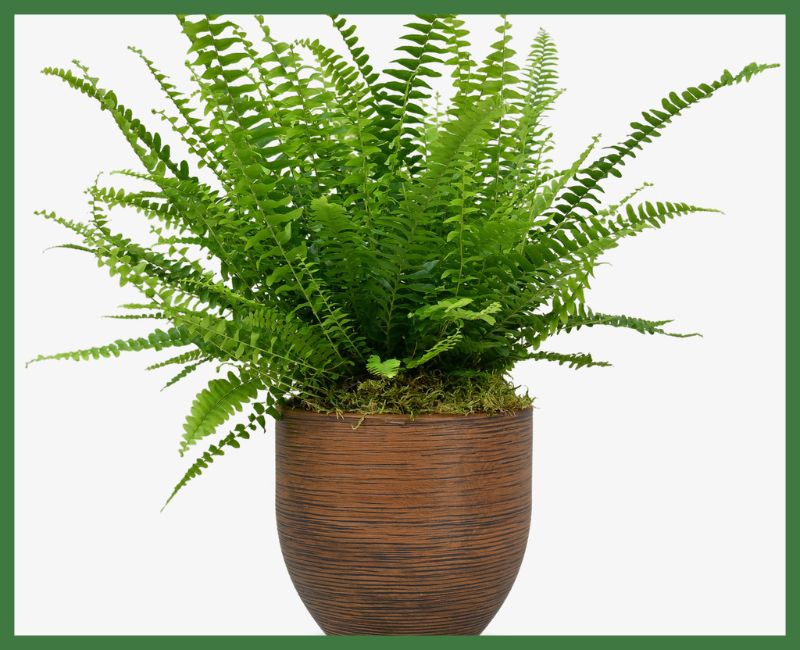Have you ever stepped onto your balcony and wished it could do more than just provide a view? What if that small outdoor space could actually improve the air you breathe inside your home? That’s exactly what air purifying plants can do, and your balcony is the perfect place to grow them.
Living in today’s world means dealing with more indoor air pollution than we’d like to admit. Our homes harbor invisible toxins from cleaning products, furniture, paints, and everyday household items. The good news? Nature has provided us with a simple, beautiful solution. Certain plants act as natural air filters, absorbing harmful chemicals and releasing fresh oxygen back into our living spaces.
Read More – Best Air-Purifying Plants for Office Desks
Your balcony offers an ideal environment for these green air purifiers. With natural sunlight, fresh air circulation, and easy access for maintenance, it’s a spot where plants can truly thrive while working their magic on your indoor air quality. Whether you’re dealing with a tiny apartment balcony or a spacious terrace, these five plants can transform your space into a natural air purification system.
Why Your Home Needs Air Purifying Plants
Before we dive into specific plants, let’s talk about why this matters. Indoor air quality often surprises people. According to the Environmental Protection Agency, indoor air can be two to five times more polluted than outdoor air, even in large cities. We spend roughly 90% of our time indoors, which means we’re constantly exposed to these pollutants.
Common household toxins include formaldehyde (found in pressed wood products and fabrics), benzene (present in plastics and synthetic fibers), xylene (in paints and varnishes), and trichloroethylene (used in printing inks and adhesives). These chemicals can cause headaches, dizziness, and long-term health issues.
NASA’s groundbreaking Clean Air Study revealed something remarkable: certain houseplants don’t just look pretty, they actively remove these toxins from the air. By placing these plants on your balcony, you create a natural buffer zone that filters outdoor pollutants before they enter your home while also cleaning the air that circulates between your indoor and outdoor spaces.
The Top 5 Air Purifying Plants for Your Balcony
1. Spider Plant: The Beginner’s Best Friend

If you’ve never grown anything in your life, start with a spider plant. These cheerful plants with their cascading green-and-white striped leaves are nearly indestructible, making them perfect for novice gardeners and busy professionals alike.
Spider plants excel at removing formaldehyde, carbon monoxide, and xylene from your environment. They’re also one of the few plants that propagate easily, sending out baby “spiderettes” that you can pot and share with friends or expand your own collection.
Light Requirements: These adaptable plants prefer bright, indirect sunlight but won’t complain if they’re in a shadier spot. They’re remarkably forgiving.
Watering Needs: Water your spider plant when the top inch of soil feels dry. They prefer to dry out slightly between waterings, which means you won’t kill them if you forget for a few days.
Best Placement: Hanging baskets work wonderfully for spider plants, allowing their arching leaves and baby plantlets to cascade naturally. Alternatively, place them on elevated shelves along your balcony railing.
Pro Tip: Spider plants occasionally develop brown leaf tips, usually from fluoride or chlorine in tap water. Let your water sit overnight before using it, or switch to filtered water to keep those tips green.
2. Areca Palm: Your Natural Humidifier

Want to add a touch of tropical elegance to your balcony? The areca palm delivers both style and substance. With its graceful, feathery fronds reaching skyward, it brings an instant vacation vibe to any space.
But this palm isn’t just about looks. NASA’s Clean Air Study identified it as one of the most effective air purifying plants available. It’s particularly skilled at filtering out xylene, toluene, and carbon dioxide while simultaneously releasing moisture into the air, acting as a natural humidifier during dry months.
Light Requirements: Areca palms appreciate bright, indirect light but can handle partial shade. Morning sunlight works perfectly, while harsh afternoon rays might scorch their delicate fronds.
Watering Needs: Keep the soil consistently moist but never waterlogged. These palms prefer regular watering, especially during warmer months when they’re actively growing.
Best Placement: Due to their size, areca palms work best in larger floor pots. Position them where they have room to spread out and won’t get crushed by foot traffic.
Pro Tip: If you live in a dry climate, mist your areca palm’s leaves every few days. The plant loves humidity and will reward your attention with lush, vibrant growth.
3. Peace Lily: Beauty Meets Function

The peace lily combines stunning aesthetics with impressive air-cleaning capabilities. Its elegant white blooms contrast beautifully with deep green foliage, creating a sophisticated look that elevates any balcony design.
Don’t let its delicate appearance fool you. Peace lilies are workhorses when it comes to air purification, tackling ammonia, formaldehyde, benzene, and trichloroethylene. They’re particularly useful if your home has recently been painted or furnished, as they’ll help clear those chemical odors faster.
Light Requirements: Peace lilies thrive in low to moderate indirect light, making them perfect for north-facing balconies or shaded corners that other plants might find too dark.
Watering Needs: These plants are great communicators. They’ll droop dramatically when thirsty, then perk right back up after watering. Water when the top inch of soil is dry, and avoid overwatering, which can lead to root problems.
Best Placement: Shaded balcony corners work perfectly for peace lilies. Keep them out of direct sunlight, which can scorch their leaves and fade those beautiful white blooms.
Pro Tip: Peace lilies are toxic to pets, so if you have curious cats or dogs, place them in areas your furry friends can’t access.
4. Snake Plant: The Night Shift Worker

If neglect were a plant care strategy, the snake plant would thrive under it. Also called mother-in-law’s tongue, this architectural plant with its upright, sword-like leaves adds modern visual interest while being incredibly low-maintenance.
What makes snake plants truly special is their nighttime activity. Unlike most plants that only produce oxygen during daylight hours, snake plants continue working the night shift, releasing oxygen and absorbing carbon dioxide after dark. This makes them particularly valuable for balconies adjacent to bedrooms.
Snake plants remove formaldehyde, nitrogen oxides, and benzene from your environment. They’re also incredibly drought-tolerant, storing water in their thick leaves for times of need.
Light Requirements: Snake plants tolerate low light conditions but prefer bright, indirect sunlight. They’re adaptable enough to handle various light situations without complaint.
Watering Needs: Water sparingly. These desert natives prefer to dry out completely between waterings. In fact, overwatering is the only real way to kill a snake plant, as it can lead to root rot.
Best Placement: Corner pots or containers near railings showcase snake plants’ vertical growth pattern. Their upright form won’t crowd other plants or obstruct your view.
Pro Tip: Snake plants are perfect for frequent travelers. They can go weeks without water and will look exactly the same when you return.
5. Boston Fern: The Humidity Hero

Boston ferns bring a soft, romantic element to balcony gardens with their cascading fronds creating a lush, full appearance. These classic ferns have been popular houseplants for over a century, and for good reason.
When it comes to removing formaldehyde and xylene from the air, Boston ferns rank among the best. They’re particularly effective if your home contains particleboard furniture or uses formaldehyde-based adhesives.
Light Requirements: Boston ferns prefer indirect light but can adapt to lower light conditions. They appreciate consistent, gentle lighting rather than harsh, direct sun.
Watering Needs: Keep the soil consistently moist. Ferns are thirsty plants that evolved in forest understories where moisture is constant. Check your fern daily during hot weather.
Best Placement: Hanging baskets allow Boston ferns’ fronds to drape naturally, creating a waterfall effect. Alternatively, place them in shaded corners where they won’t dry out too quickly.
Pro Tip: Boston ferns love humidity. If the tips of the fronds turn brown and crispy, increase humidity by misting regularly or placing the pot on a tray of pebbles and water.
Read more – Top 12 Plants That Clean Indoor Air Better Than Machines
Essential Care Guidelines for Your Air Purifying Garden
Success with balcony plants comes down to understanding a few key principles that apply across most species.
Watering Wisdom: More plants die from overwatering than underwatering. Most air purifying plants prefer their soil to dry out slightly between waterings. Stick your finger an inch into the soil – if it’s dry, it’s time to water. If it’s still moist, wait another day or two.
Light Matters: Pay attention to your balcony’s light patterns throughout the day. Morning light is gentler than harsh afternoon sun. Most of these plants prefer bright, indirect light, which means they want plenty of illumination without direct sun rays hitting their leaves.
Soil Selection: Use well-draining potting soil designed for houseplants. You can improve drainage by mixing in perlite or coarse sand. Good drainage prevents water from pooling at the roots, which causes rot and fungal issues.
Humidity Helps: Many air purifying plants originate from tropical or subtropical regions where humidity is naturally high. During dry seasons or in arid climates, mist your plants regularly or group them together to create a microclimate with higher humidity.
Regular Maintenance: Dust accumulation on leaves blocks the pores plants use to absorb air pollutants and carbon dioxide. Wipe down large leaves monthly with a damp cloth. Prune dead or yellowing foliage promptly to redirect the plant’s energy toward healthy growth.
Seasonal Adjustments: Your plants’ needs change with the seasons. They’ll require more water and may grow more actively in spring and summer, while needing less attention during cooler months when growth naturally slows.
Creating Your Balcony Air Purification System
Think of your balcony plants as a living air purification system. For maximum effectiveness, you’ll want enough plants to make a difference. NASA’s research suggests one plant per 100 square feet of living space, but more certainly won’t hurt.
Mix and match these five plants based on your balcony’s specific conditions. Have a shady balcony? Focus on peace lilies and Boston ferns. Sunny spot? Spider plants and areca palms will thrive. Limited on time? Snake plants and spider plants require minimal attention.
Read more – Best Air Purifying Plants for a Healthier Home
Consider arranging plants at different heights using shelves, stands, and hanging baskets. This vertical approach maximizes your available space while creating visual interest. It also allows each plant to receive appropriate light without casting too much shade on its neighbors.
The Bigger Picture: Health Benefits Beyond Air Quality
While air purification is the main focus here, these plants offer additional benefits worth mentioning. Studies have shown that having plants in our living spaces reduces stress, improves mood, and increases productivity. There’s something inherently calming about tending to living things and watching them grow.
Balcony gardening also provides a connection to nature that many of us miss in our urban lifestyles. The simple act of watering plants, checking their growth, and watching them flourish creates a mindful routine that can become a cherished part of your day.
For those working from home, having a green balcony space visible from your workspace can provide natural breaks for your eyes and mind. The psychological benefits complement the physical health advantages of cleaner air.
Getting Started Today
You don’t need to invest in all five plants immediately. Start with one or two that match your space and experience level. Watch how they perform, learn their needs, and gradually expand your collection.
Visit your local nursery where staff can provide specific advice for your climate and answer questions about plant care. Many nurseries also offer online resources and care guides.
Remember, even experienced gardeners lose plants occasionally. Don’t get discouraged if something doesn’t work out. Plants are remarkably resilient, and many can recover from mistakes with proper adjustment to their care routine.
Your balcony has untapped potential to improve your home’s air quality while creating a peaceful, green retreat. These five air purifying plants offer an accessible entry point into balcony gardening with the added bonus of healthier indoor air. Start small, learn as you go, and watch as your balcony transforms into a natural air purification system that serves your household for years to come.nly beautify your living space but also contribute to a healthier home by removing harmful toxins.
References and Further Reading
- NASA Clean Air Study – Indoor Air Quality Research
- Environmental Protection Agency – Indoor Air Quality
- American Society for Horticultural Science – Plant Benefits Research
- Royal Horticultural Society – Plant Care Guides
- National Garden Bureau – Educational Resources
- Indoor Air Quality Association – Health and Home Environment





